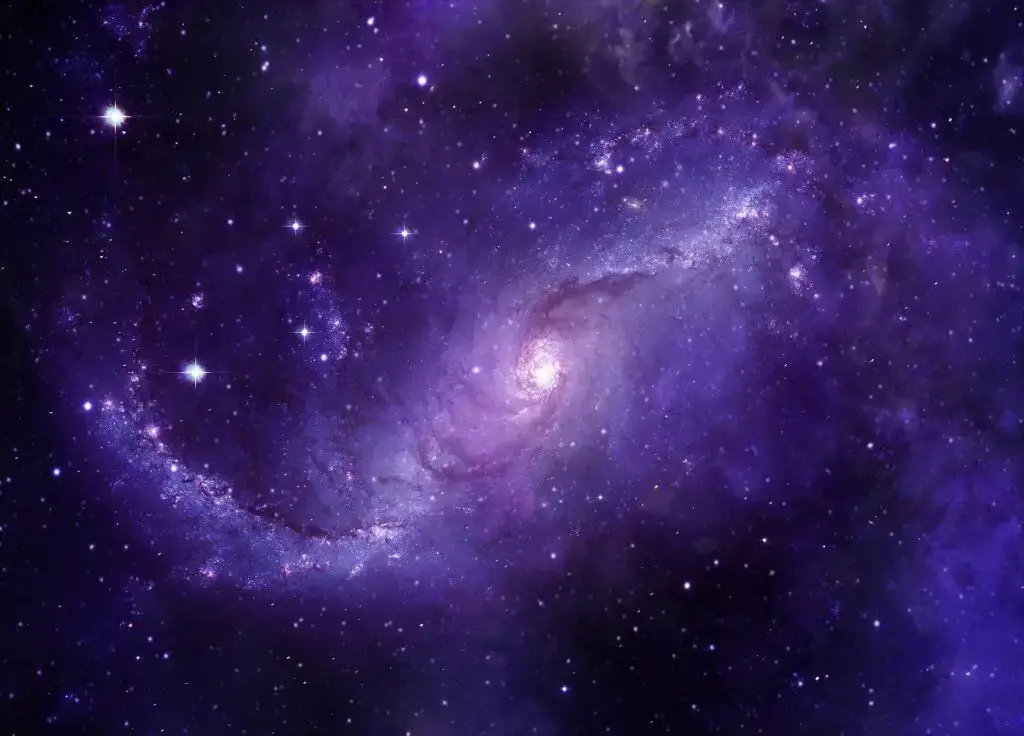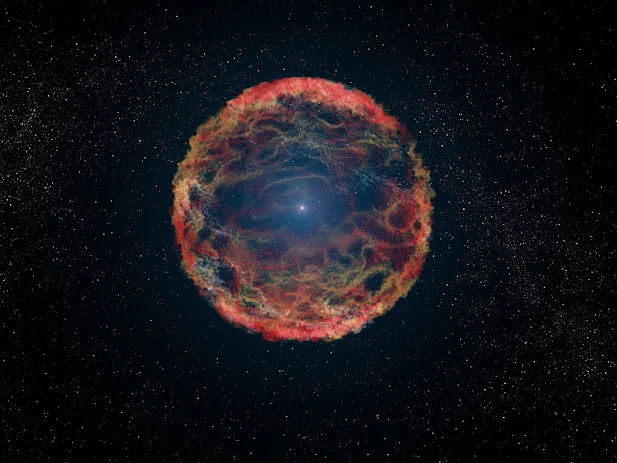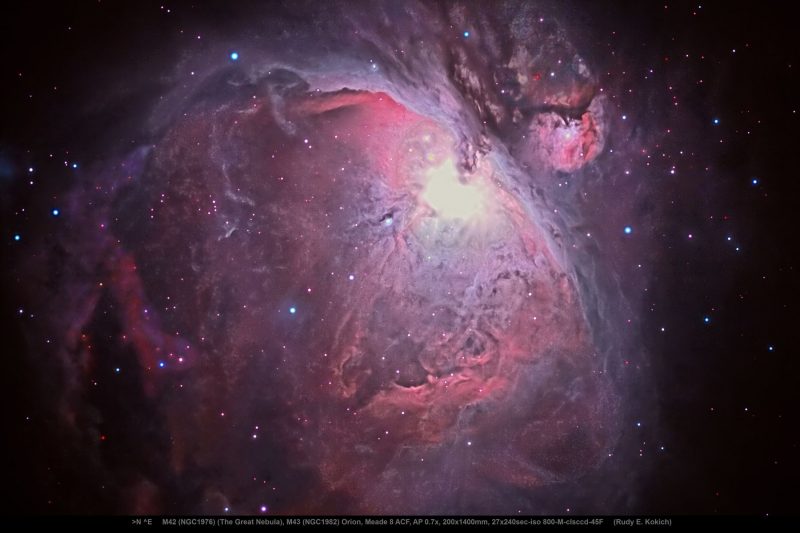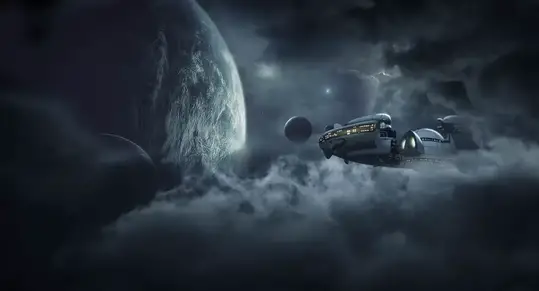It is a cold, icy world and one of the most distant planets in our solar system.
But stargazers in the UK will tonight have the chance to see the rare and spectacular sight of Uranus from around midnight, potentially even with the naked eye if skies are clear.
The reason the seventh planet from the sun will be visible is because of a phenomenon known as opposition.

This is where Earth is between Uranus and the sun, meaning the faraway world is the closest it can be to us during a given year — and therefore also at its brightest.
When a planet in our solar system is at opposition, it is always the best time to view it from Earth because light from the sun reflects off the world and makes it appear as a faint star.

When it comes to Uranus, this always happens in mid-November every year when the planet is around 1.6 billion miles from Earth.
That may seem an extremely long way away but because the ice giant is so big – about four times as wide as our own planet – it is relatively easy to spot.
Experts insist that it will be possible to see Uranus with the naked eye, but skywatchers will need to find a spot away from big cities and hope that their view is not obscured by cloud.
‘If you get a chance to stargaze from a less light-polluted area and if the weather is on your side, you will be able to spot it,’ the Royal Observatory Greenwich said.
‘If not, you will be able to see it with a telescope, if you have access to one.
‘Through a telescope, Uranus appears as a lightly green-tinted disk, and you might even be able to spot some of its moons!’
The Royal Observatory’s Dr Greg Brown told MailOnline that ‘due to the rotation of the Earth, it [Uranus] will rise at sunset and be highest in the sky at midnight, making it the clearest and easiest to see at that time’.
He advised people to look due south around 50 degrees above the horizon below the constellation of Aries.
If anyone is still struggling, Dr Brown said to look for ‘two easy to spot sights’.
‘The almost unmissable bright point of light that is the planet Jupiter and the bright cluster of stars known as the Pleiades or the Seven Sisters — Uranus will be almost exactly halfway between the two,’ he added.
‘While technically visible with the unaided eye under ideal conditions, it is best seen with a pair of binoculars or a small telescope as a tiny pale blue dot.’
Not to worry if you miss it, however. That’s because astronomers say Uranus will stay bright until mid-December, so there is still plenty of time to catch a glimpse of it in the night sky.
Most of England should have a decent view tonight, forecasters say, but those in Wales, Scotland and Northern Ireland are likely to be hindered by cloud.
The ice giant is the second planet to be in opposition this month, following Jupiter on November 2-3.
At this point, the gas giant was around 367 million miles from Earth, compared to 601 million miles when it is farthest away.
Planetary oppositions for Jupiter, Saturn, Uranus and Neptune occur almost every year because Earth orbits the sun much quicker than the worlds further out to space.
Mars is slightly different, however.
As the Red Planet and our own world are relatively close together in the solar system, an opposition of Mars happens roughly every 27 months.
After today, Uranus will next be in opposition on November 17, 2024, Saturn on September 8 next year, Neptune on September 21 and Jupiter on December 7, 2024.





